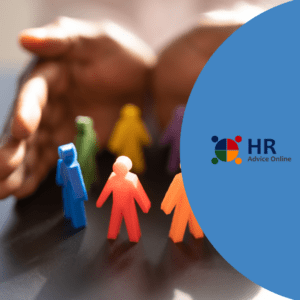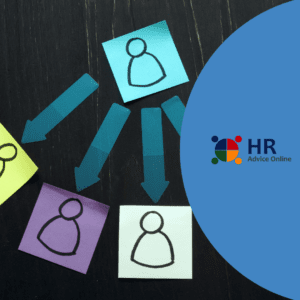What you need to know and best practice initiatives
Understanding parental leave and your obligations as an employer is crucial. Having a good process in place to support your employees during periods of parental leave will go a long way towards demonstrating your commitment to best practice and being an employer of choice.
Parental leave allows employees to take time off for the birth or adoption of a child and includes:
- Unpaid parental leave under the Fair Work Act
- Government-funded Parental Leave Pay (PLP)
- Employer-funded paid parental leave
To qualify for unpaid parental leave, employees must have worked for their employer for at least 12 months. Casual employees with regular and systematic employment are entitled to qualify for unpaid parental leave.
Parental leave can be up to 12 months in duration and is extendable to 24 months with employer agreement. The leave can be taken as a single continuous period, flexibly, or a combination of both.
The amount of parental leave that can be taken as flexible parental leave depends on when the child is born or placed for adoption:
- before 1 July 2024 – up to 100 days
- between 1 July 2024 and 30 June 2025 – up to 110 days
- between 1 July 2025 and 30 June 2026 – up to 120 days
Following the conclusion of a period of parental leave, an employee has the right to return to the same or a similar position.
Working parents that meet the eligibility criteria are entitled to parental leave pay at the National Minimum Wage. Payments are capped based on the child’s birth or adoption date. Parental leave pay can be taken flexibly and split into continuous or flexible periods.
Employers can find out more about their obligations under the Paid Parental Leave scheme at the Services Australia website.
Employees who are pregnant or have a child who is school-aged or younger, with at least 12 months of service are entitled to submit a request for flexible working arrangements. Examples of requests you may receive include requesting changes to hours, work pattern, or location.
Best practice initiatives support greater levels of employee satisfaction, engagement and retention. If the business wants to offer additional benefits to your employees during periods of parental leave, here are some key initiatives and suggestions to consider.
- Employer-Funded Paid Parental Leave: Offering paid leave can significantly ease the financial burden on employees during their time away.
- Parking and Work-from-Home Arrangements: Providing convenient parking or the option to work from home for pregnant employees can make a big difference.
- Wage Top-Ups: Topping up an employee’s pay to match their full wage when they are accessing government-funded Parental Leave Pay (PLP).
- Flexible Leave Options: Allowing employees to take annual leave or long service leave at half pay during parental leave.
- Superannuation Contributions: Continuing to pay superannuation contributions while employees are on parental leave.
- Parental Leave for Short-Term Employees: Allowing employees with less than 12 months of service to take parental leave.
- Continued Access to Benefits: Ensuring employees retain access to benefits such as a company car, employer-paid study, mobile phone, or internet during parental leave.
- Accruing Annual Leave: Allowing annual leave to accrue during periods of unpaid parental leave.
Implementing these practices can help create a supportive and inclusive work environment, benefiting both employees and your business.
A Parental Leave policy template and accompanying Manager’s Guide to Parental Leave can be found in the resources on our website.
For further assistance with managing parental leave, please contact us at [email protected] or 1300 720 004.



